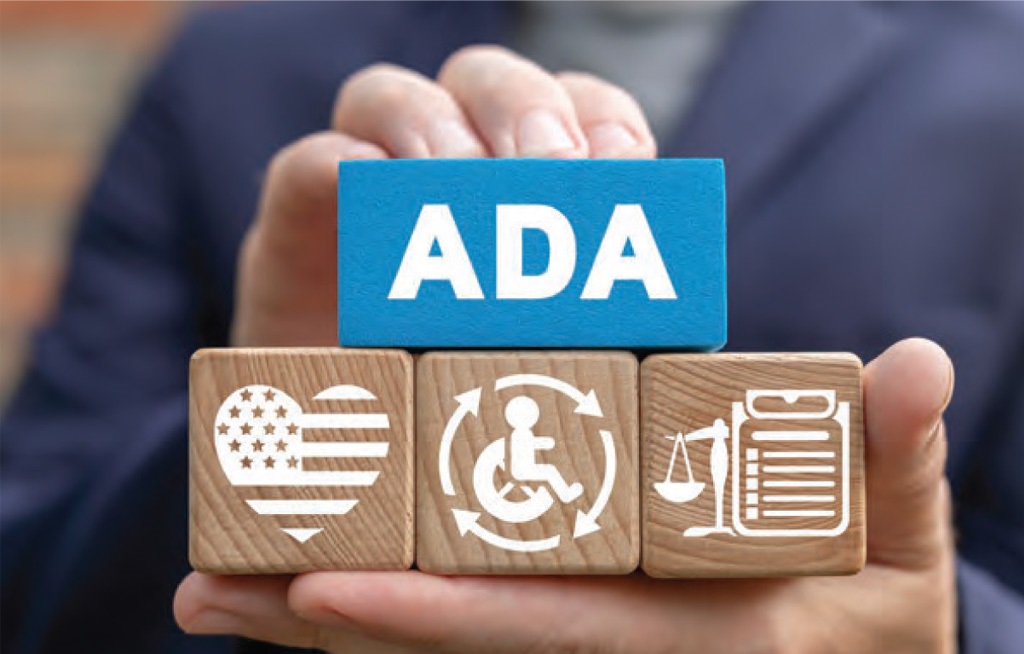The U.S. Department of Health and Human Services (HHS) recently made disability rights history with the release of a long-awaited final rule implementing Section 504 of the Rehabilitation Act of 1973.
This comprehensive update—the first since the initial regulation was put into place more than 40 years ago—creates one of the most powerful tools we have ever had to combat discrimination based on disability in health care and human services. The direct result of decades of advocacy by people with disabilities, the new Section 504 rule represents a giant step forward in the disability civil rights movement.
The Rehab Act was the first civil rights legislation protecting disabled people from discrimination. Section 504 of the Act prohibits discrimination on the basis of disability in programs receiving federal financial assistance, as well as those conducted by federal agencies, including health care, public education, transportation and more.
For example, it covers all health and human services programs and activities funded by HHS—from hospitals and doctors that accept Medicaid or Medicare to child welfare programs. It protects people with all types of disabilities and disabled people of all ages—which includes older adults who need assistance with major life activities like walking and getting in and out of bed.
Although the law was passed in 1973, enforcement of the civil rights provisions in Section 504 stalled. After years of advocating, with special attention being brought to the issue during the COVID-19 pandemic, the final coverages have been established and signed into law.
Among other important protections, the rule covers the following:
- Discrimination in medical treatment: The rule addresses discrimination in medical care and ensures that medical treatment decisions are not based on biases or stereotypes about people with disabilities, judgments that an individual will be a burden on others or beliefs that the life of an individual with a disability has less value than the life of a person without a disability. These include, for example, decisions about life-sustaining treatment, organ transplantation and rationing care in emergencies.
- Community integration: The rule clarifies obligations to provide services in the most integrated setting appropriate to the needs of individuals with disabilities, consistent with the Supreme Court’s decision in Olmstead v. L.C.
- Accessibility of medical equipment: The rule adopts the U.S. Access Board’s accessibility standards for medical equipment to address barriers to care, like exam tables that are inaccessible because they are not height-adjustable, weight scales that cannot accommodate people in wheelchairs and mammogram machines that require an individual to stand to use them. The rule requires doctors’ offices to have an accessible exam table and weight scale within two years.
- Web, mobile app and kiosk accessibility: The rule adopts the Web Content Accessibility Guidelines (WCAG) 2.1, Level AA accessibility standards for websites and mobile applications. It also requires web-enabled systems in self-service kiosks in medical providers’ offices to be accessible. These provisions are particularly important, given the increased use of websites, apps, telehealth, video platforms and self-service kiosks to access health care.
- Value assessment methods: Value assessment methods are often used to decide whether a medical treatment will be provided and under what circumstances. The rule prohibits the use of any measure, assessment or tool that discounts the value of a life extension on the basis of a disability.
The Administration for Community Living (ACL)—one of the bill’s biggest contributors—was proud to work alongside the HHS Office for Civil Rights (OCR) and the disability community to achieve implementation of Section 504. “We are excited to celebrate with you [today]. This is your rule and it will be truly lifesaving for people with disabilities of all ages.
“And we are looking forward to working with OCR, the disability and aging networks and the broader community to ensure that people with disabilities know about the rule’s powerful provisions to uphold their civil rights and guarantee they have equal access to health care and human services.”
Explore more articles for the DIVERSEability Community here.



